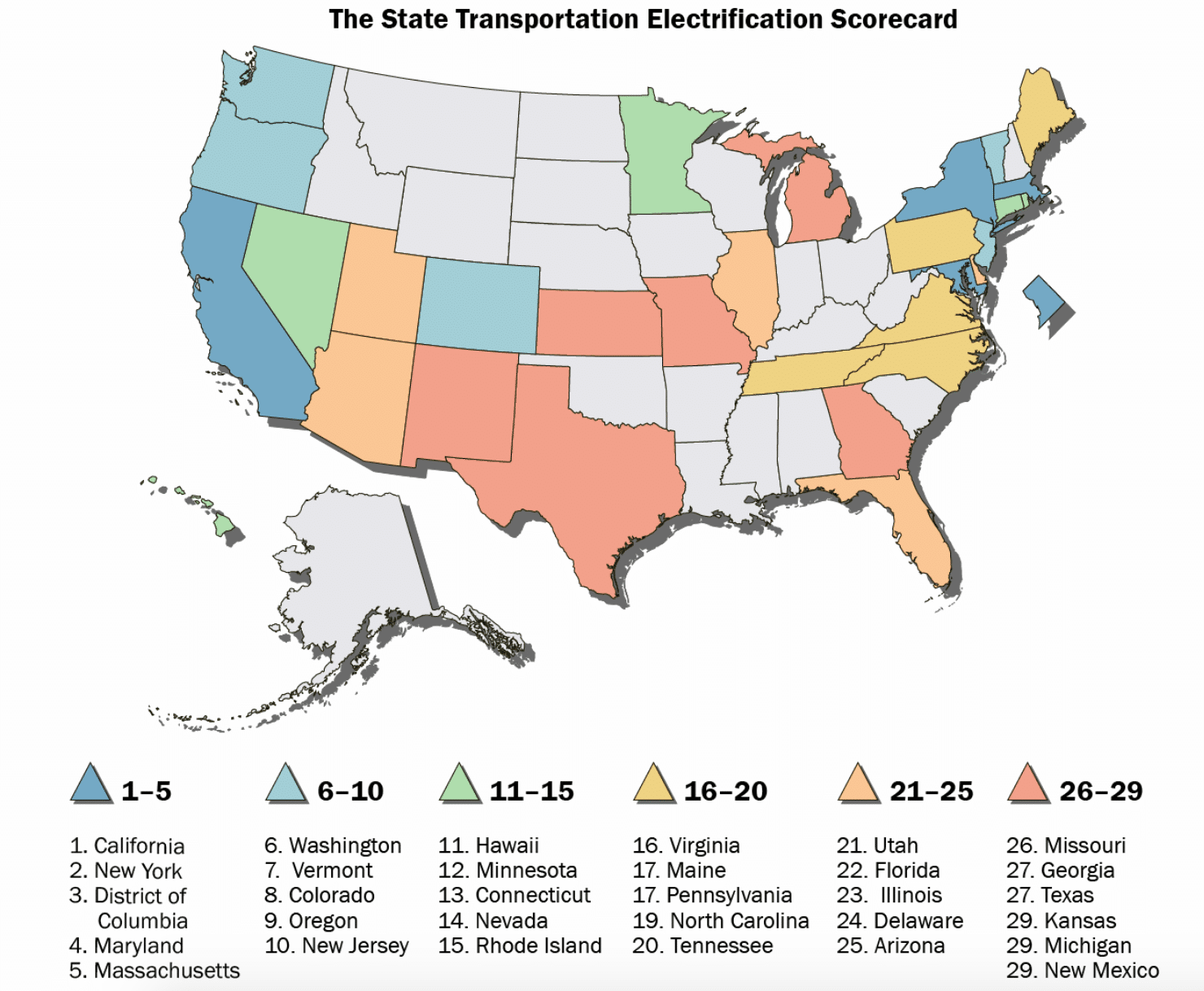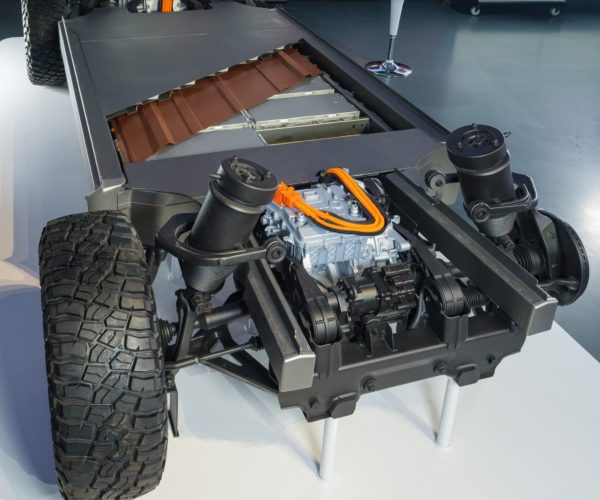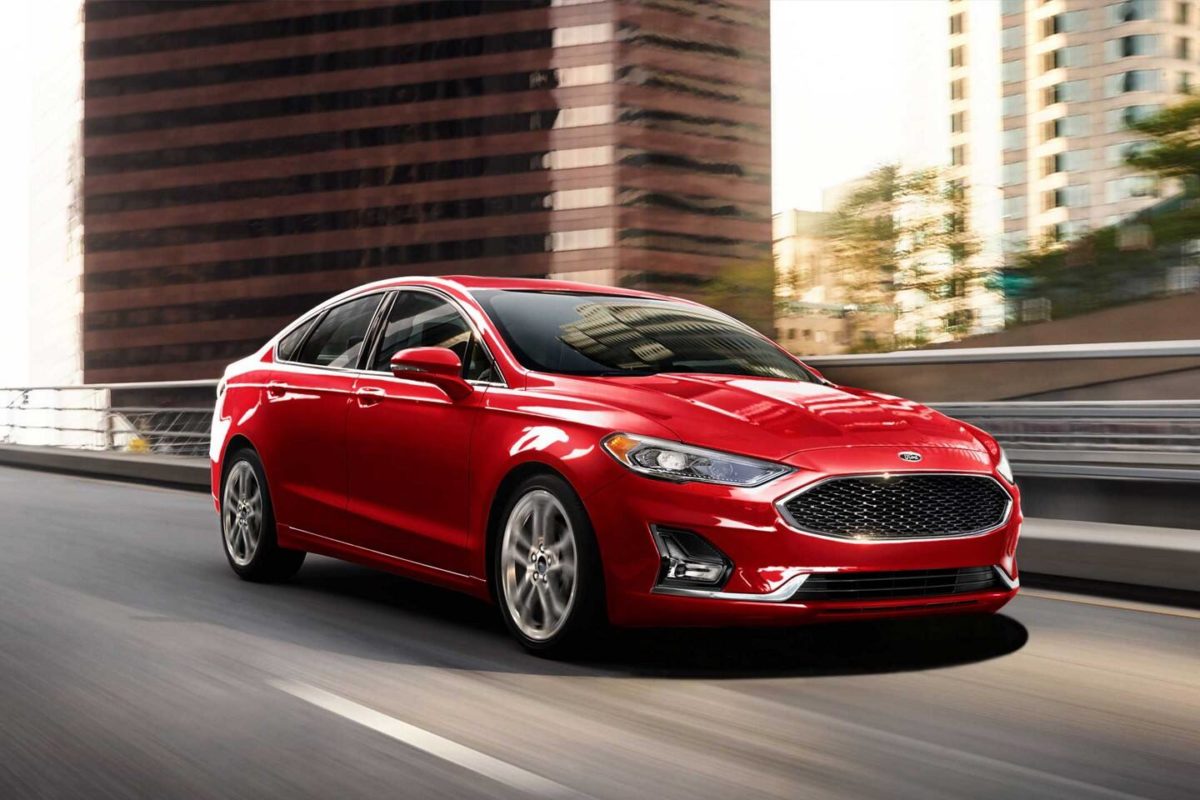If the events of the first couple months or so are any indication of what the rest of 2021 holds for electric vehicles (EVs), it could prove to be a landmark year for the technology.
Right at the start of the year, the Biden administration created significant battery and EV demand through the “Made in America” executive order, signed in January. The order directs the federal government to replace its entire existing vehicle fleet with EVs.
At the beginning of February, Ford announced plans to almost double its EV investment to $22 billion through 2025. Along with the Mustang Mach-E, the company’s first electric Mustang, Ford plans to roll out its first E-Transit commercial van in late 2021 and an all-electric F-150 pickup in mid-2022.
The company also announced a $1.8 billion investment to produce fully electric vehicles at one of Ford’s Lincoln brand manufacturing plants in Canada, as well as started construction on a new factory to build the upcoming F-150 electric pickup next to an existing plant in Michigan.
Earlier this week, Toyota announced it will be unveiling two EVs for the U.S. market as 2022 models, as part of a plan to introduce 10 new EVs worldwide in the “early 2020s.”
Ultimately, Toyota plans to have 40% of all new vehicles be electrified by 2025 and 70% of all new vehicles be electrified by 2030. The automaker is also working on releasing a solid-state-battery-powered vehicle in the early 2020s.
What are states doing?
While the federal government and leading automakers are now quickly working toward the electric transportation revolution, not all states have been as willing to embrace the change.
(Read “The future of cars is electric–but how soon is this future?“)
The American Council for an Energy-Efficient Economy (ACEEE) recently released the State Transportation Electrification Scorecard, a report which analyzes and grades the comprehensive steps that some states have taken to help enable residents and businesses to use and charge EVs–and the lack of action taken by others.

Unsurprisingly, California led the way, garnering 91 out of a possible 100 points. It is the only state to set deadlines for electrifying transit buses, heavy trucks, and commercial vehicles and one of a few to offer assistance for lower-income drivers replacing older, high-polluting cars with zero- or near-zero-emissions vehicles. The state also plans to deploy chargers in economically distressed and environmental justice communities.
Following California were New York (63.5 points), Washington, D.C. (59), Maryland (56), Massachusetts (54.5), Washington (54), Vermont (54), Colorado (48), Oregon (47), and New Jersey (44). Twenty states earned 15 points or fewer.
The report also looked at the country regionally, highlighting one standout state in each region. New York led the Northeast because of incentives for individuals and fleet owners to purchase EVs, state and utility support for EV charging installations, and EV infrastructure equity programs.

Image: GM/Steve Fecht
Colorado led the Southwest because of the state’s adopted goal of having 940,000 EVs on its roadways by 2030, incentives for EV charging investments, and requirements for utilities to file plans for EV charging infrastructure.
Minnesota led the Midwest because state regulators issued guidelines on utilities’ investment in charging stations, bringing $23.6 million in funding, and the state has signaled its intent to adopt California’s zero-emissions vehicle program for personal vehicles.
Virginia led the Southeast due to solid incentives for electric trucks and buses, time-varying electric rates for home and workplace chargers, and steps to decarbonize the electric grid.
After combing through policies and evaluating each state individually, ACEEE found three policies that have the greatest impact for spurring adoption of EVs: zero-emissions vehicle mandates and EV deployment targets; financial incentives for EV purchases; and incentives for installing vehicle chargers.
While these have been found to be the most effective policies for spurring the transition to electric transportation, they aren’t the most commonly used. According to ACEEE, the most common policies are using federal funds to buy electric transit buses (48 states), utility programs that offer lower electric rates at preferred times for Level 2 EV charging (36 states), and incentives to buy large electric pickups and delivery trucks (27 states).
This content is protected by copyright and may not be reused. If you want to cooperate with us and would like to reuse some of our content, please contact: editors@pv-magazine.com.









By submitting this form you agree to pv magazine using your data for the purposes of publishing your comment.
Your personal data will only be disclosed or otherwise transmitted to third parties for the purposes of spam filtering or if this is necessary for technical maintenance of the website. Any other transfer to third parties will not take place unless this is justified on the basis of applicable data protection regulations or if pv magazine is legally obliged to do so.
You may revoke this consent at any time with effect for the future, in which case your personal data will be deleted immediately. Otherwise, your data will be deleted if pv magazine has processed your request or the purpose of data storage is fulfilled.
Further information on data privacy can be found in our Data Protection Policy.